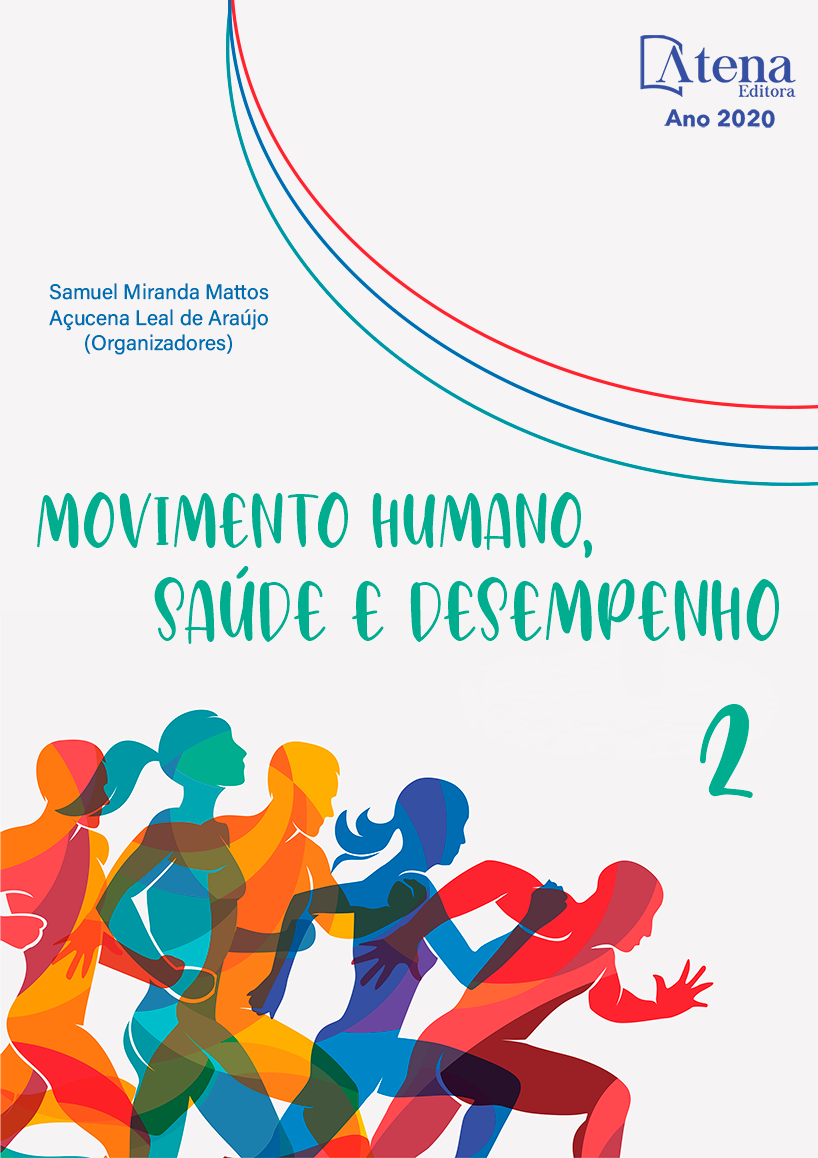
O USO DA REALIDADE VIRTUAL PARA PESSOAS COM DEFICIÊNCIA VISUAL
A deficiência visual (DV) pode ser considerada uma limitação completa ou parcial da capacidade de enxergar. Justamente para permitir que uma pessoa com DV alcance mais funcionalidade em tarefas diárias, é fundamental criar estratégias que contribuam para o seu desenvolvimento, como a Realidade Virtual (RV) A RV representa um importante papel no desenvolvimento das estruturas mentais das pessoas com DV, aumentando a aprendizagem e a habilidade de resolução de problemas, estimulando a motivação, critatividade, mobilidadade e orientação espacial. O objetivo desse estudo foi identificar as tecnologias de RV utilizadas em pessoas com DV. Foi realizada uma revisão integrativa da literatura nas bases de dados Pubmed e BVS, até o ano de 2019, referente aos últimos dez anos nos idiomas inglês, espanhol e português. Para serem incluídos os estudos abordaram a utilização da RV em populações com DV e não realizados com dados secundários. Dos nove artigos, seis direcionaram suas intervenções para as questões de mobilidade e orientação espacial, duas testaram o estrabismo e a cegueira de mudança através de óculos de RV e por último a RV foi utilizada para avaliar o uso de uma prótese assistencial. As tecnologias de RV possuem um potencial educacional que auxiliam o desenvolvimento de programas para a reabilitação das pessoas com DV, utilizando avanços tecnológicos que provocam situações de vida real e promovem melhoras funcionais nas tarefas do dia a dia.
O USO DA REALIDADE VIRTUAL PARA PESSOAS COM DEFICIÊNCIA VISUAL
-
DOI: 10.22533/at.ed.8212013085
-
Palavras-chave: Deficiência visual; Realidade virtual; Revisão integrativa
-
Keywords: Visual disability; Virtual reality; Integrative Review
-
Abstract:
Visual impairment (DV) can be considered a complete or partial limitation of the ability to see. Precisely to allow a person with DV to achieve more functionality in daily tasks, it is essential to create strategies that contribute to their development, such as Virtual Reality (VR). VR plays an important role in the development of mental structures of people with VI, increasing learning and problem-solving skills, stimulating motivation, creativity, mobility and spatial orientation. This study aims to identify the VR technologies used in people with VI. An integrative literature review was carried out in the Pubmed and BVS databases, in June 2019, referring to the last ten years in English, Spanish and Portuguese. To be included, studies should be using VR in populations with DV and not carried out with secondary data. Among the nine articles, six directed their interventions to the issues of mobility and spatial orientation, two tested strabismus and blindness of change through VR glasses and, in the last one, VR was used to evaluate the use of an assistive prosthesis. VR technologies have an educational potential that helps the development of programs for the rehabilitation of people with DV, using technological advances that simulate real life situations and promote functional improvements in daily tasks.
-
Número de páginas: 13
- Bruno Barbosa Rosa
- Danielle de Freitas Gonçalves
- Juliana Ribeiro Gouveia Reis
- Patrícia Cruz Borges
- Walter Alves Taveira Neto
- Javier Tejero Perez
- Maria Georgina Marques Tonello
- Mariana Caramore Fava


